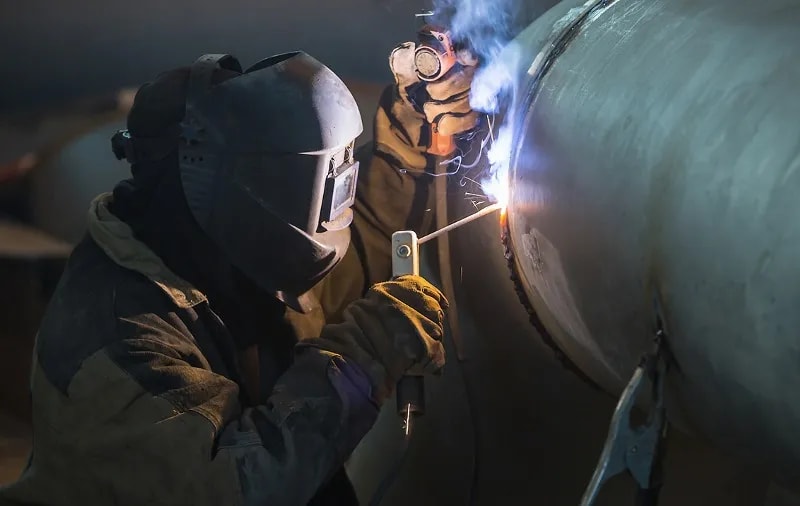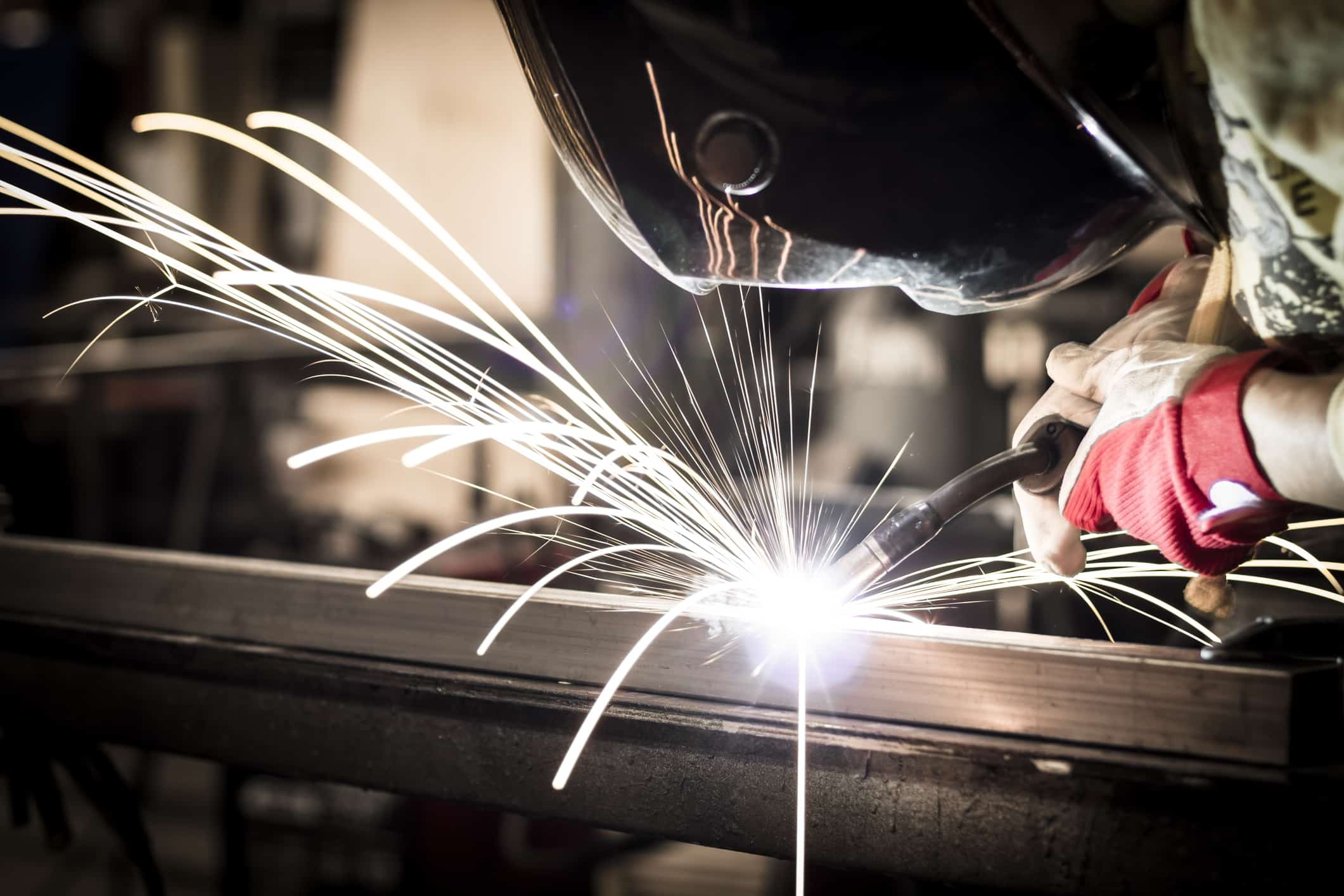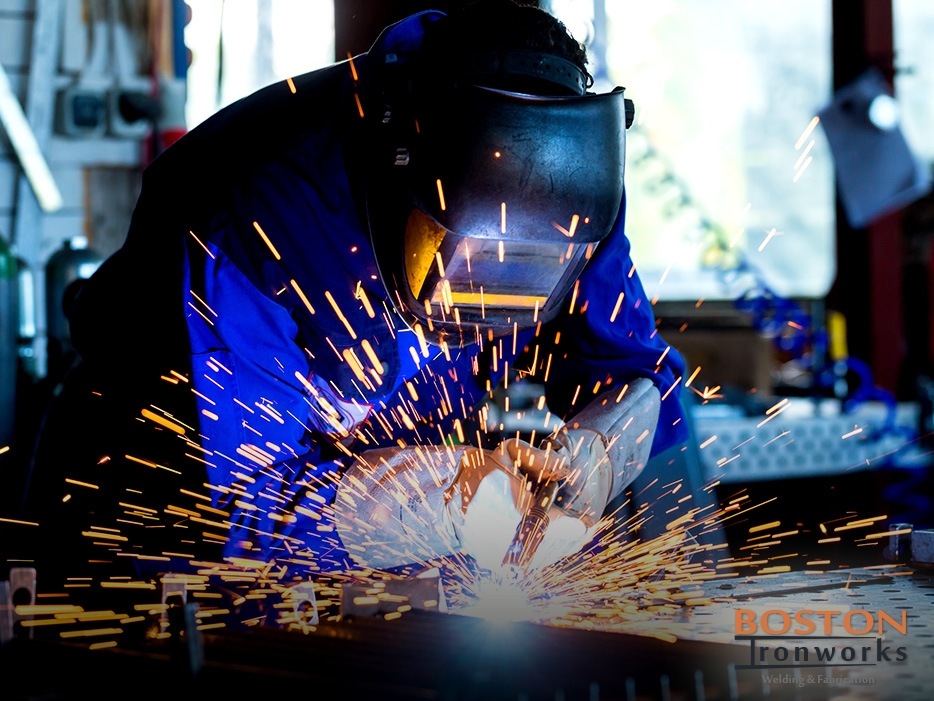Best ways to deal with warping in Montana Mobile Welding and Repair Belgrade
Wiki Article
Common Welding Fixing Issues and How to Address Them Properly
Welding repair services commonly come across a variety of concerns that can jeopardize the stability of the end product. Common issues include poor penetration, porosity, and misalignment, to name a few. Each flaw presents unique obstacles that require details methods for resolution. Understanding these problems is important for welders intending to improve their results and skills. This conversation will discover these common welding repair concerns and effective methods to address them.Poor Infiltration
Inadequate infiltration occurs when the weld steel fails to totally fuse with the base product, resulting in weak joints and possible structural failures. This concern typically originates from not enough heat input, inaccurate electrode angle, or incorrect welding speed. Welders may encounter inadequate penetration as a result of a miscalculation of the necessary parameters for a details material density or kind. Furthermore, contamination on the base product's surface can prevent efficient bonding, intensifying the problem. To address insufficient infiltration, welders must ensure ideal settings on their tools and keep a tidy job surface area. Routine inspection of welds is recommended to identify any shortages early, enabling prompt adjustments and the prevention of compromised architectural stability in welded settings up.Porosity
Porosity is an usual defect in welded joints that shows up as tiny gas bubbles trapped within the weld metal. This problem can endanger the stability of the weld, leading to lowered stamina and possible failure under stress. Welding. Porosity commonly emerges from contamination, dampness, or incorrect welding strategies, which allow gases to get away into the liquified weld pool. To resolve porosity, welders ought to ensure appropriate surface area preparation, preserve a clean workplace, and use ideal welding specifications. In addition, choosing the right filler product and protecting gas can mitigate gas entrapment. Regular inspection and screening of welds can assist identify porosity early, guaranteeing timely restorative actions are taken, thereby maintaining the top quality and dependability of the welded structureMisalignment
Imbalance in welding can arise from different aspects, including incorrect configuration and thermal development. Recognizing the origin is necessary for effective resolution. A number of correction strategies are readily available to realign parts and assure structural honesty.Sources of Misalignment
Welding imbalance often stems from a selection of underlying problems that can compromise architectural honesty. One primary reason is inappropriate fit-up of parts before welding, which can result in voids and irregular surface areas. Variations in thermal development during the welding procedure can likewise cause distortion, particularly if the products being signed up with have different coefficients of expansion. Additionally, inadequate fixturing and clamping might stop working to hold components securely in position, causing activity during welding. Improperly maintained equipment, consisting of welding devices and tools, might present incongruities in the weld grain, additional adding to misalignment. Operator mistake, stemming from not enough training or experience, can additionally play a substantial role in producing misaligned welds.
Modification Techniques Readily Available
Dealing with misalignment successfully calls for a combination of rehabilitative strategies customized to the particular problems available. One typical method is making use of fixtures or jigs to hold parts in the proper position throughout welding, guaranteeing consistent positioning. Additionally, pre-heating the products can help in reducing distortion and boost fit-up. For substantial imbalance, mechanical adjustment strategies, such as utilizing hydraulic jacks or clamps, can be used to remedy the placement before welding. Post-weld heat therapy may likewise be required to ease anxieties created by imbalance. Cautious inspection and modification throughout the setup phase can protect against misalignment issues from coming to be considerable issues, advertising a smoother welding process and enhancing general architectural honesty.Distortion
Distortion is an usual difficulty in welding that can occur from different factors, including irregular heating and air conditioning. Understanding the root causes of distortion is necessary for executing effective prevention techniques. Resolving this problem not just boosts structural stability but likewise boosts the total quality of the weld.Reasons for Distortion
When based on the intense heat of welding, materials often undergo changes that can cause distortion. This phenomenon mostly occurs from thermal expansion and contraction during the welding procedure. As the weld location warms up, the product expands; upon cooling, it gets, which can create inner stresses. In addition, uneven heating across a work surface can worsen these tensions, resulting in warping or bending. The sort of product likewise plays a significant duty; metals with varying thermal conductivity and coefficients of expansion may react differently, leading to unpredictable distortions. Moreover, poor joint design and poor fixturing can contribute to imbalance throughout welding, boosting the chance of distortion. Comprehending these causes is crucial for efficient welding repair service and prevention strategies.Avoidance Techniques
Efficient prevention strategies for distortion during welding concentrate on controlling warm input and ensuring proper joint design. Maintaining a consistent warmth input helps to minimize thermal expansion and tightening, which can result in distortion. Utilizing techniques such as preheating the work surface can additionally decrease the temperature slope, advertising uniform heating. Furthermore, selecting ideal joint layouts, such as T-joints or lap more info joints, can enhance stability and decrease stress and anxiety focus. Carrying out proper fixturing to secure the workpieces in area better help in preserving alignment throughout the welding procedure. Ultimately, staggered welding series can disperse warm much more evenly, avoiding localized distortion. By using these techniques, welders can significantly reduce the possibility of distortion and improve the general quality of their welds.Fracturing
Cracking is an usual concern encountered in welding repair services, frequently arising from different variables such as inappropriate cooling rates, product option, or insufficient joint prep work. The event of cracks can considerably endanger the integrity of the weld, causing prospective failings during operation. To address this problem, welders must first analyze the root creates, ensuring that products work and suitably chosen for the specific application. In addition, controlling the air conditioning price during the welding procedure is vital; quick cooling can induce stress and anxiety and cause cracking. Appropriate joint design and preparation also add to decreasing the threat. Implementing these approaches can boost weld high quality and sturdiness, eventually reducing the probability of splitting in ended up weldments.
Incomplete Combination
A substantial issue in welding repairs is incomplete fusion, which takes place when the weld steel does not properly bond with the base product or previous weld passes - Montana Mobile Welding and Repair Belgrade Fabrication. This flaw can bring about weak points in the joint, potentially compromising the stability of the welded structure. Factors adding to insufficient combination consist of inadequate warm input, incorrect welding strategy, and contamination of the surfaces being signed up with. To resolve this concern efficiently, welders need to guarantee proper pre-weld cleaning and surface preparation, along with readjust their welding specifications to attain ample penetration and combination. Routine examination during the welding procedure can also help identify incomplete blend early, permitting timely restorative steps to improve the general quality of the weldOverheating
While welding repair services can boost architectural stability, overheating provides a significant obstacle that can lead to product destruction. Too much warmth throughout welding can modify the mechanical residential or commercial properties of metals, causing minimized toughness, boosted brittleness, and bending. This sensation is especially crucial in high-stress applications where architectural dependability is paramount. Recognizing getting too hot can entail visual assessments for staining or distortion, along with monitoring temperature throughout the welding process. To mitigate the risks connected with getting too hot, welders need to use proper methods, such as regulating warm input, readjusting traveling speed, and making use of suitable filler products. In addition, carrying out pre- and post-weld warmth treatments can help recover material properties and enhance the overall high quality of the repair service, guaranteeing lasting efficiency and safety and security.Frequently Asked Questions
What Are the Typical Signs of a Welding Defect?

Exactly How Can I Examine My Welds for Top quality?
To check welds for high quality, one can make use of aesthetic examinations, ultrasonic screening, and radiographic techniques. Each strategy ensures architectural honesty, identifies defects, and confirms adherence to specified standards, ultimately improving the integrity of the bonded joints.What Security Precautions Should I Take While Welding?
When welding, one need to prioritize safety and security by putting on proper individual safety equipment, making sure appropriate ventilation, protecting flammable products away, maintaining a tidy work area, and knowing environments to stop accidents and injuries.Can I Repair a Weld Without Redoing the Entire Joint?
Fixing a weld without renovating the entire joint is possible, depending upon the damage (Montana Mobile Welding and Repair Belgrade Fabrication). Techniques such as grinding, adding filler product, or utilizing a welding procedure can properly address specific defects while protecting the surrounding frameworkWhat Tools Are Important for Effective Welding Services?
Crucial devices for effective welding repair work consist of a welding equipment, cord brush, mill, protective gear, clamps, and filler products. Each tool plays a crucial function in making certain high quality and safety throughout the repair work procedure. Porosity generally emerges from contamination, dampness, or incorrect welding methods, which allow gases to get away right into the liquified weld pool. Poorly conserved equipment, including welding equipments and tools, may present disparities in the weld bead, more contributing to misalignment. When subjected to the intense warm of welding, materials frequently go through changes that can lead to distortion. Fracturing is a common concern run into in welding repair services, often resulting from different aspects such as improper air conditioning rates, material choice, or inadequate joint preparation. A substantial issue in welding repairs is incomplete blend, which happens when the weld steel does not appropriately bond with the base material or previous weld passes.Report this wiki page